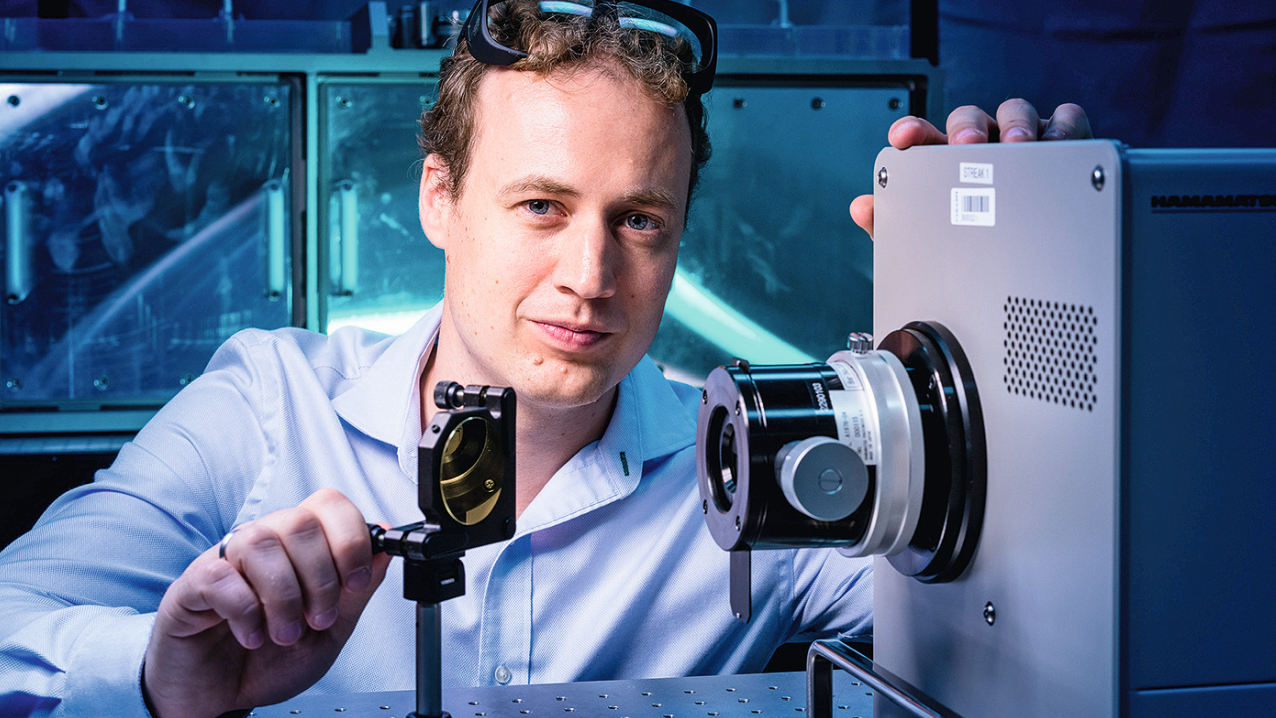An international team led by the Helmholtz-Zentrum Dresden-Rossendorf (HZDR), the University of Rostock and the French École Polytechnique has conducted a novel experiment to find out what happens at the center of planets such as Neptune and Uranus: It bombarded a thin film of simple PET plastic with a laser and examined the event with intense X-ray flashes. On the one hand, the team was able to confirm its earlier hypothesis that it is indeed raining diamonds inside the ice giants at the edge of our solar system. Secondly, the method could form the basis for a new production process for nanodiamonds, such as those required for grinding and polishing agents or highly sensitive quantum sensors.
Medical contrast agents and efficient reaction accelerators for splittingCO2, for example, are also conceivable. To date, such diamonds have mainly been produced by explosive detonation. With the help of laser flashes, they could be produced much more cleanly in future and could also be specifically tailored, for example in terms of their size or doping with foreign atoms. This is because the X-ray laser provides a laboratory tool with which the size growth of the diamonds can be precisely controlled. The group presented their results in the journal Science Advances (DOI: 10.1126/sciadv.abo0617).


